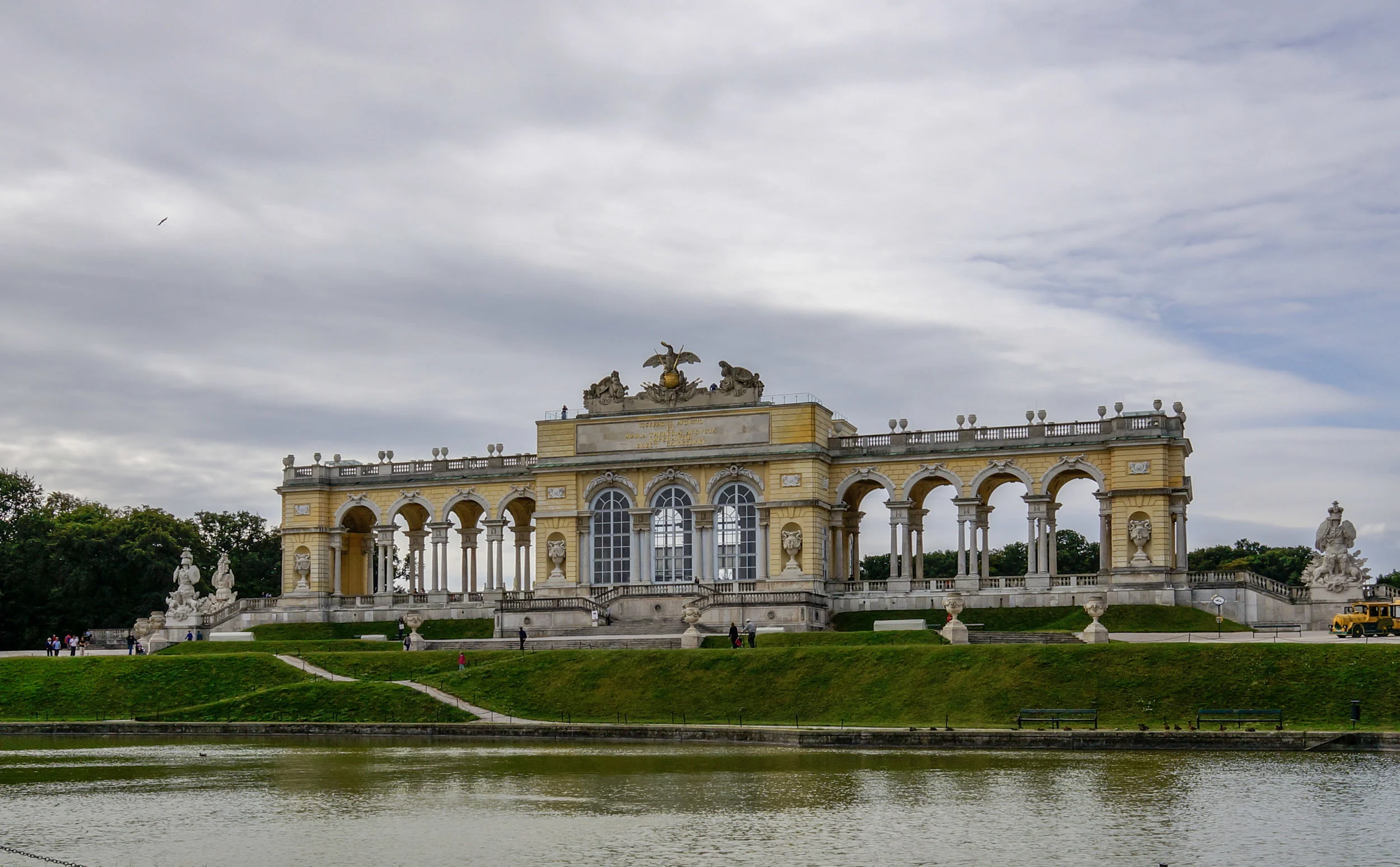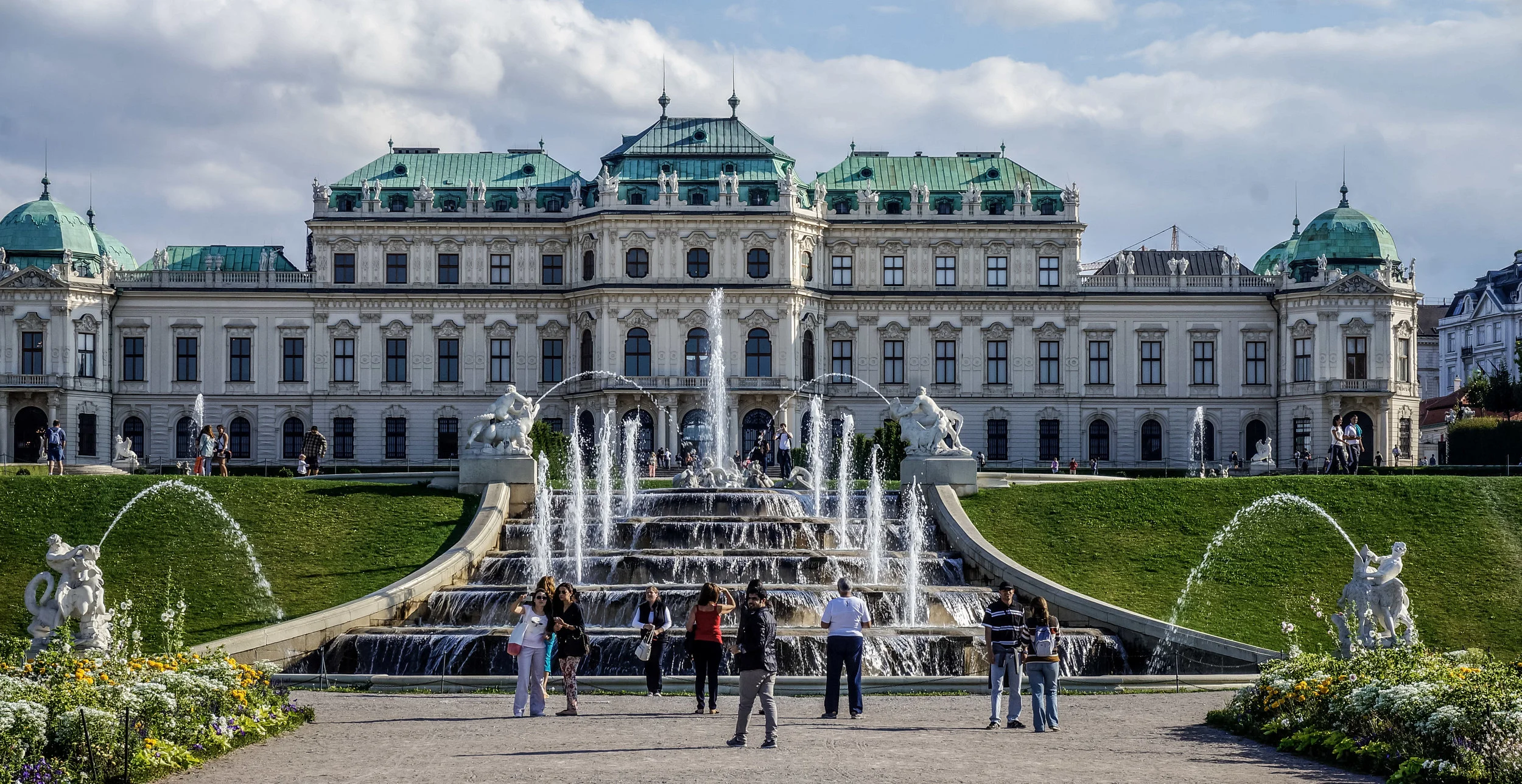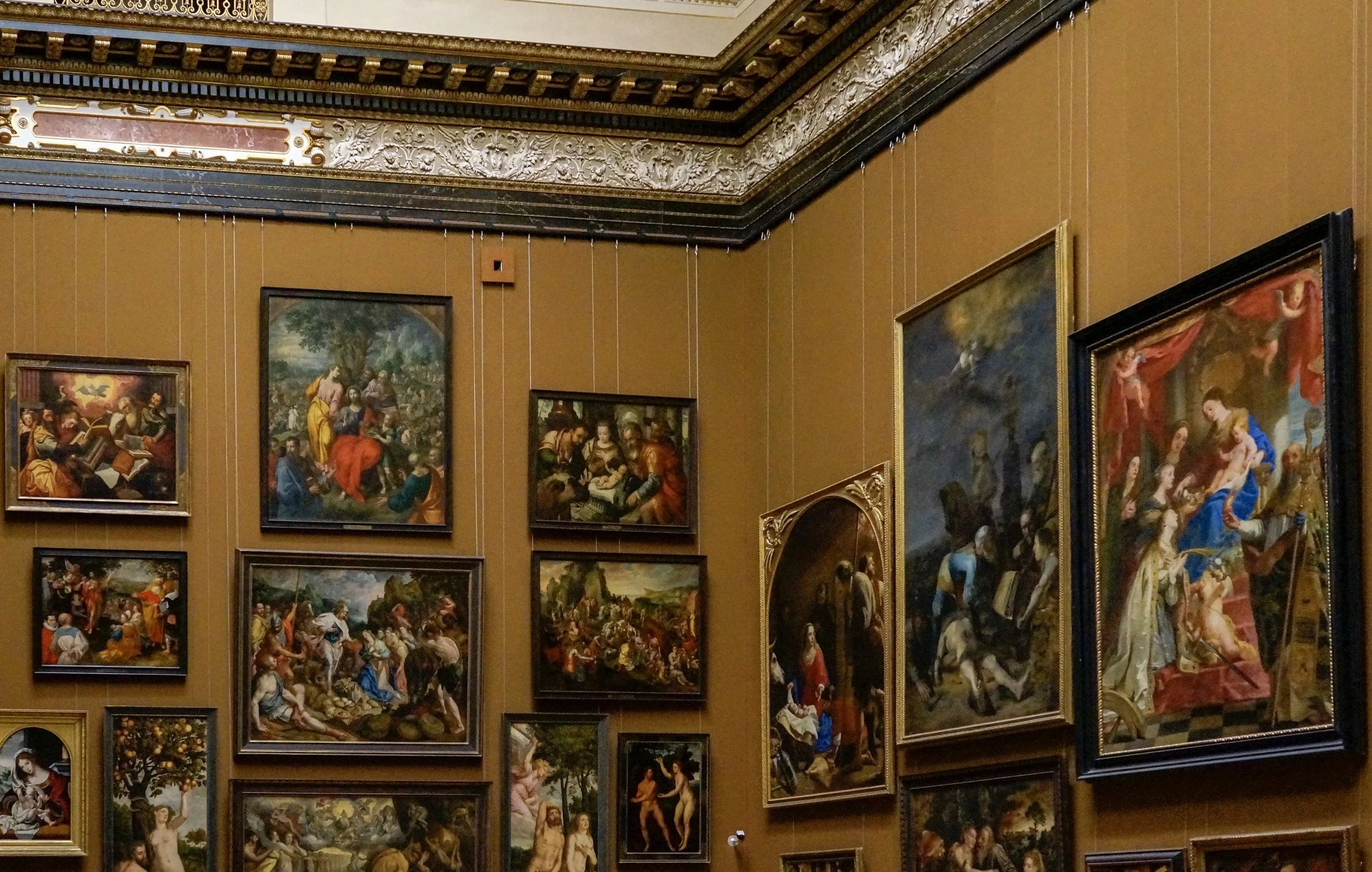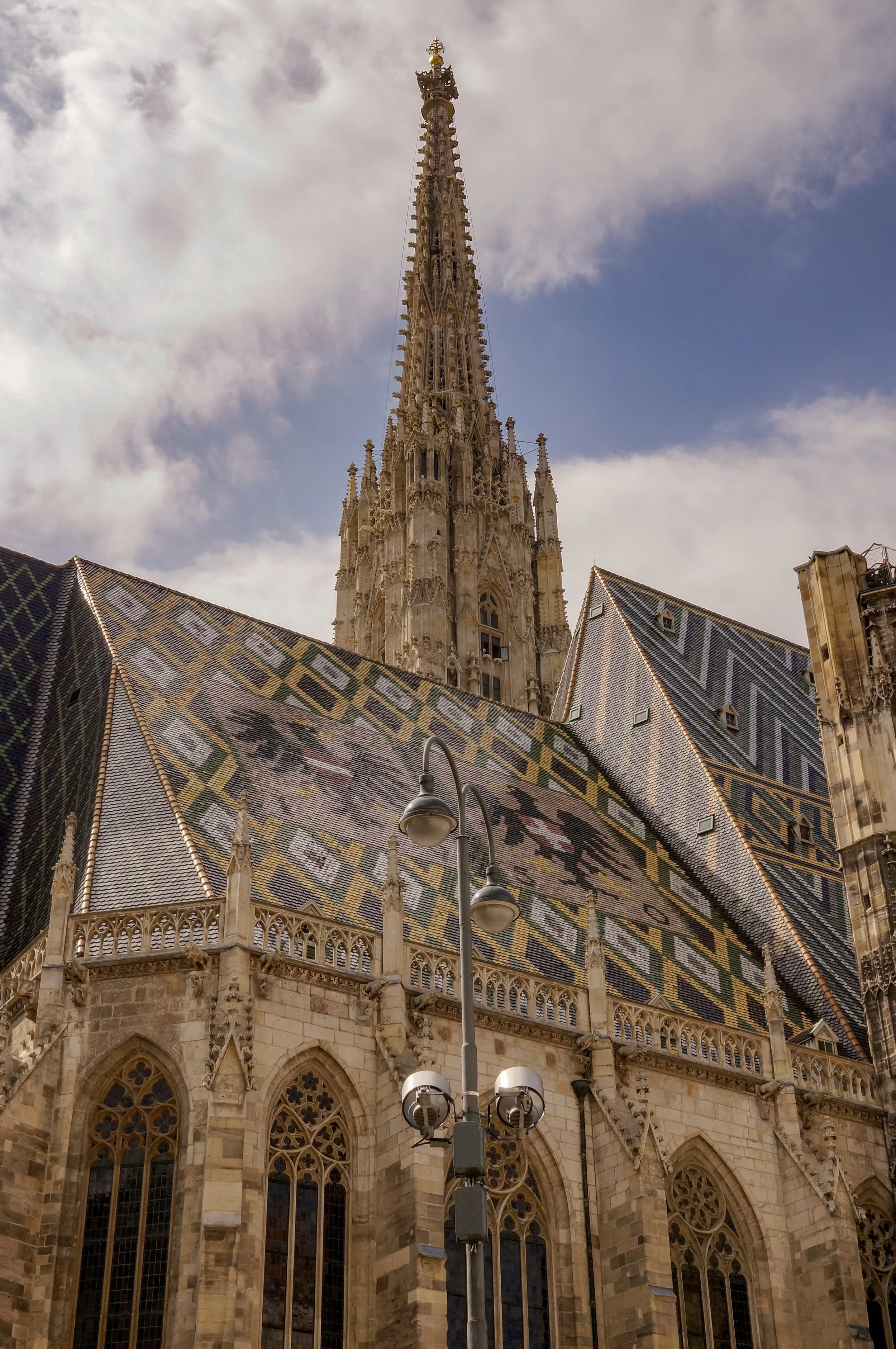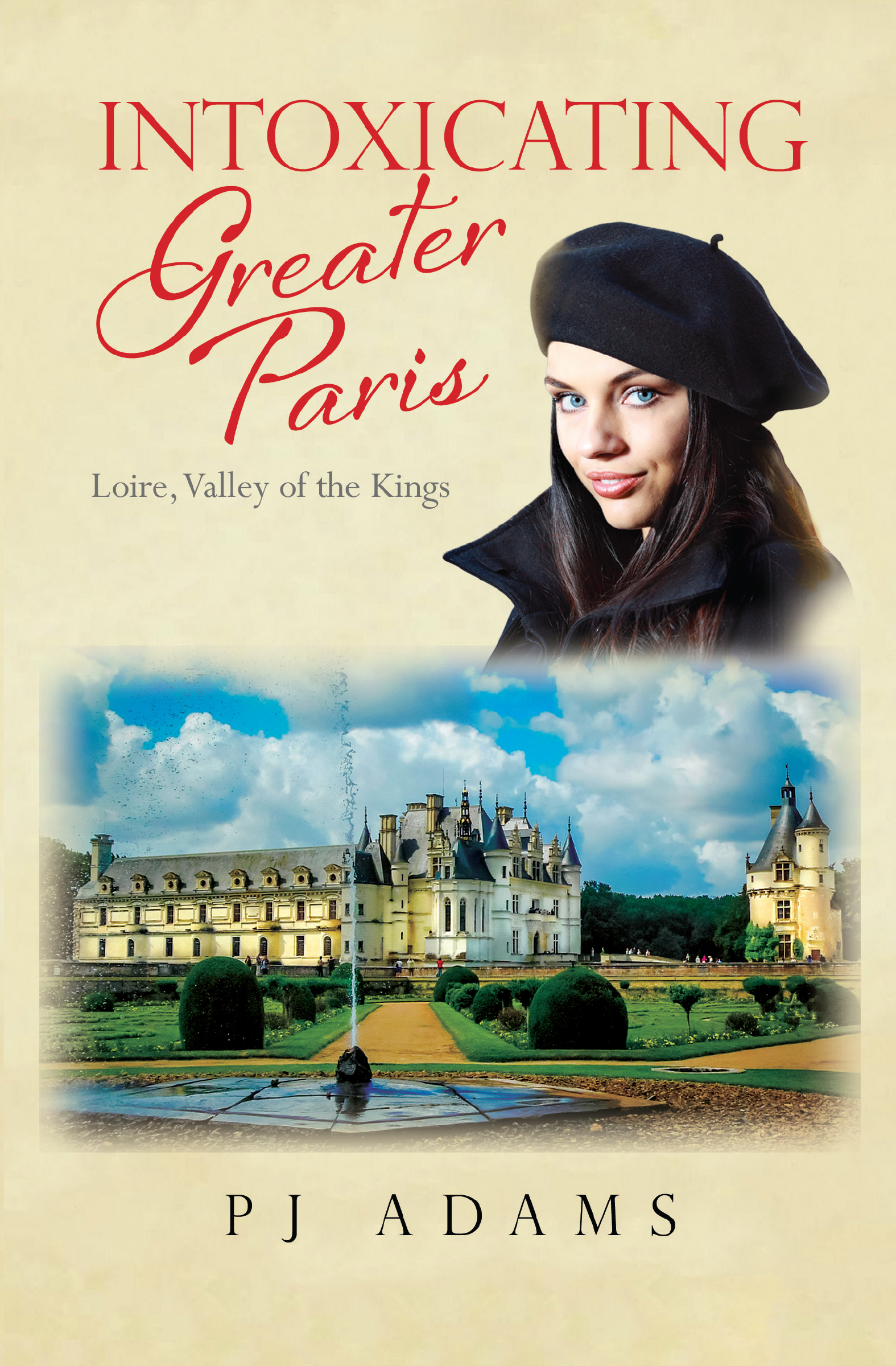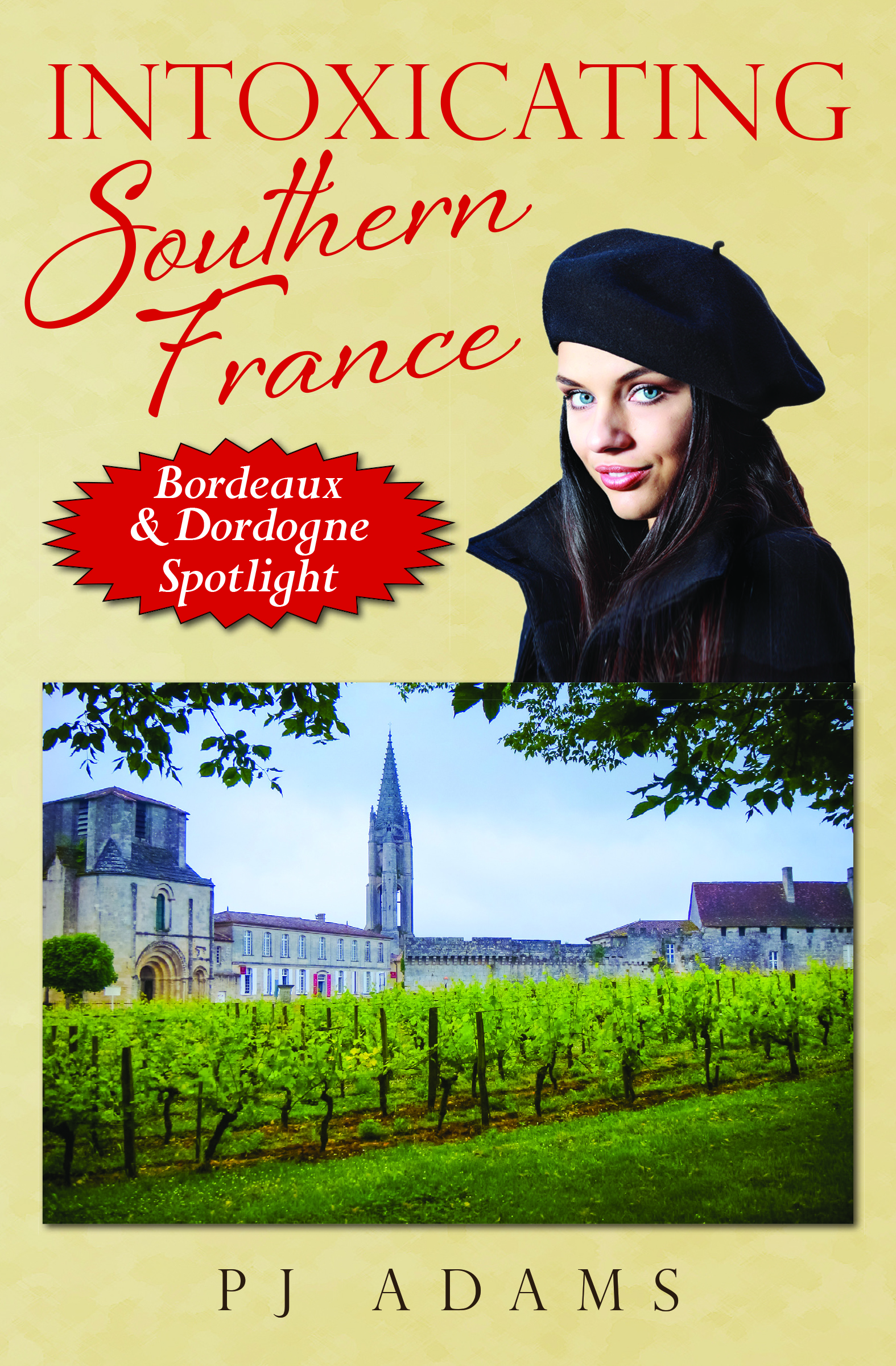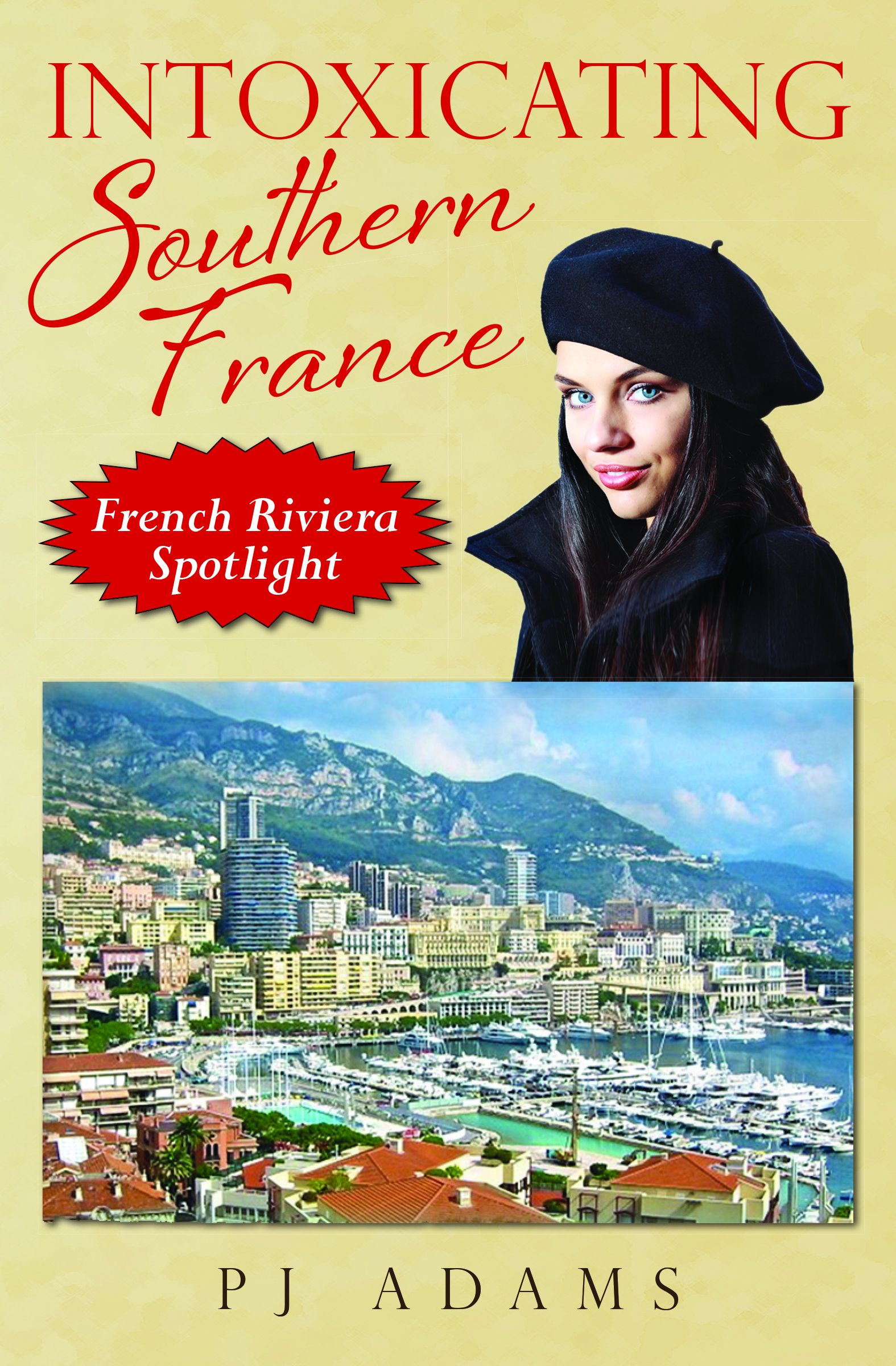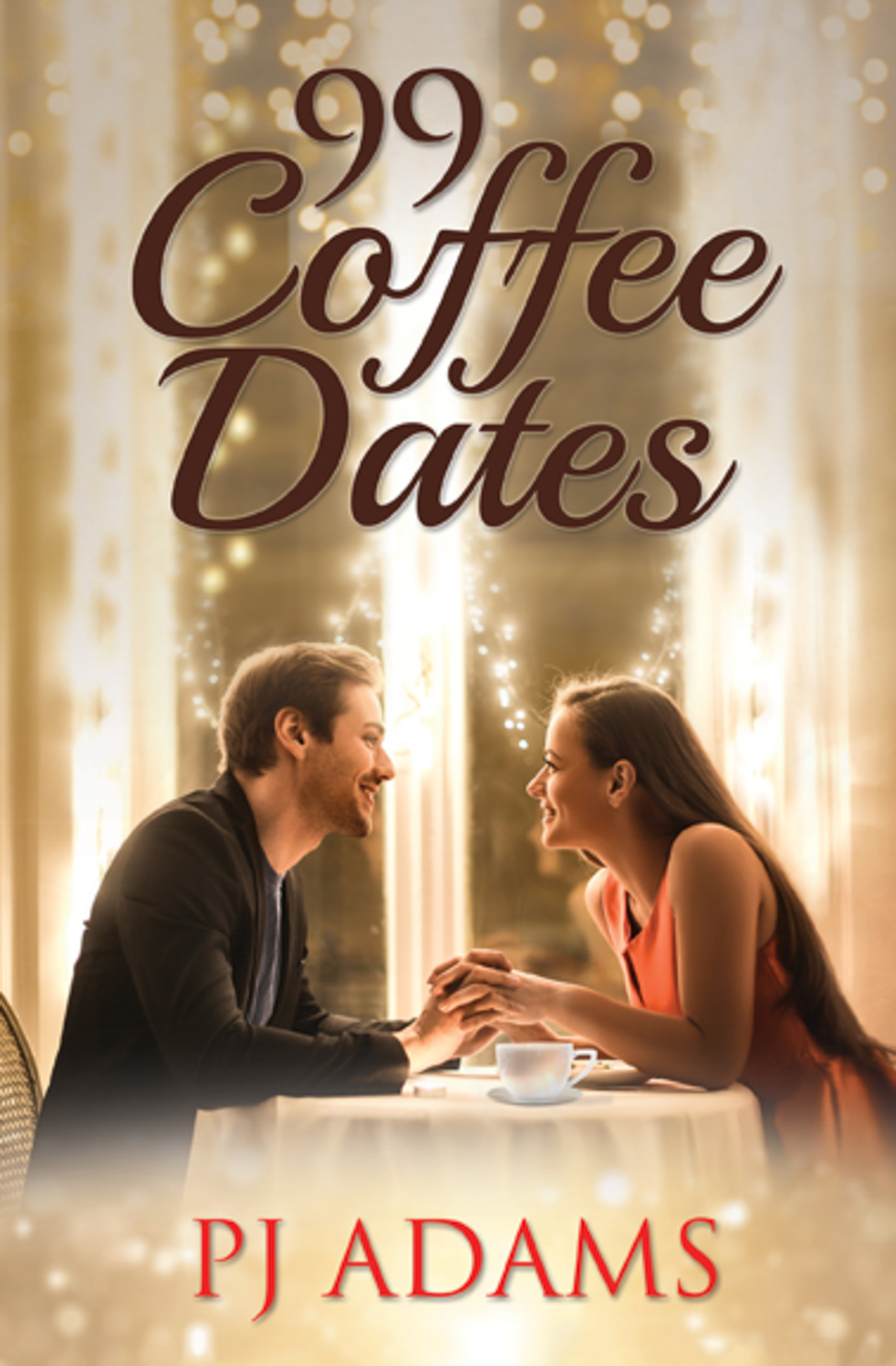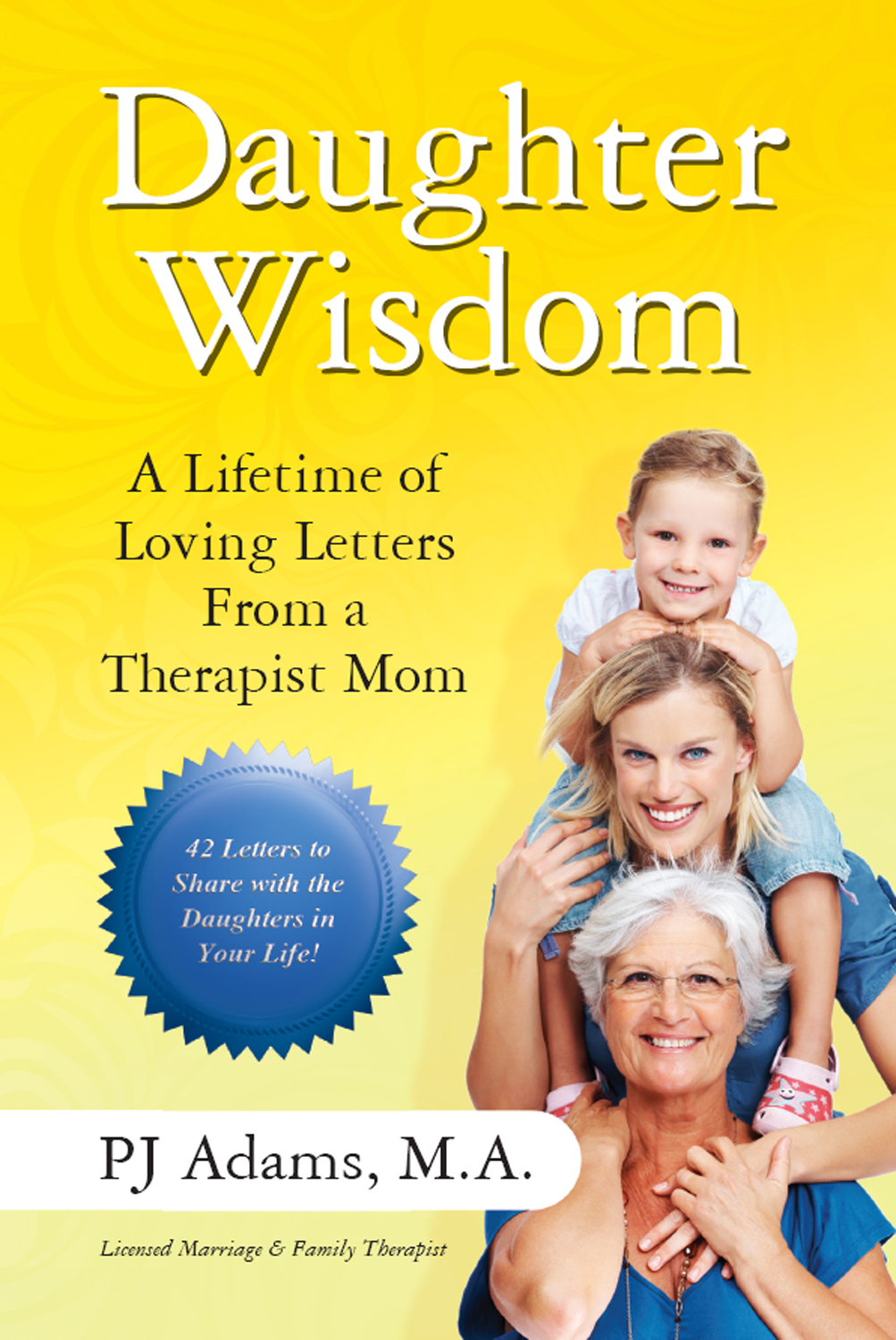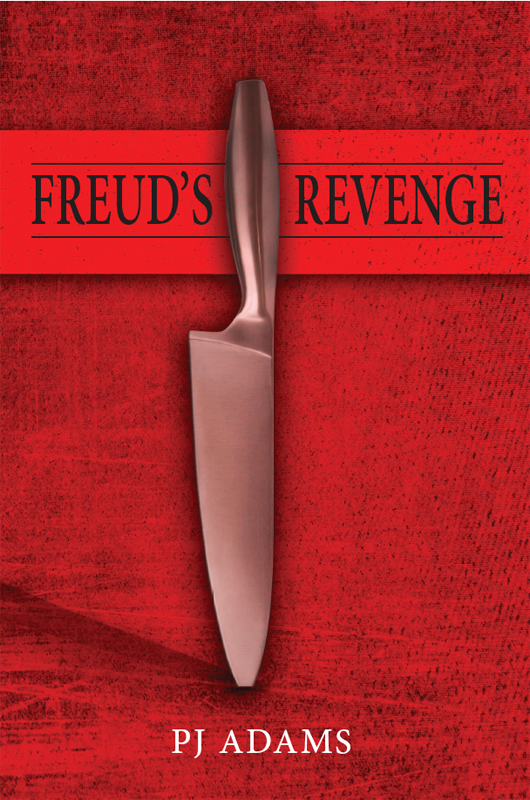Vienna, Austria - Part One
/Vienna Austria is one of Europe’s most interesting capital cities. The fact that it is also one of the least visited (compared to Paris, London, Rome, etc) makes it attractive to journey there any time of the year. There is so much to describe, we split this Vienna post into two parts. In this first part we will describe the major sights. In the second part, we will discuss cultural, dining, and wine items of interest.
Transportation. The airport is a short ride from the city and a system of underground trains makes getting around the compact urban area very easy. Underground stations are marked by a simple “U” and are very easy to spy from a distance. There are no turn-styles or gates to prevent boarding a train without a ticket. However, a ticket is required to ride the train in Vienna. This said, if you are caught riding the train without a ticket the fine is not cheap. The trust shown by the city to allow travelers to come and go “on their honor” is a first introduction to the gracious Viennese manner you’ll experience most everywhere you go.
Sights. The photo above is of the Schönbrunn Palace which is a short train ride outside Vienna. Schönbrunn means “Beautiful Spring.” The Palace was the summer residence of the Habsburg dynasty that held the title of the “Holy Roman Empire” for around three hundred years until 1740.
Purchased by Holy Roman Emperor Maximillian II in 1569, the structure was originally used as a hunting lodge. The family enjoyed hunting in the countryside so much they would ride out from Vienna to hunt and “slum it” in a small mansion that was built by the previous owner.
Over the years, the Schönbrunn was expanded and reached its current state in the mid-18th Century when the Palace was expanded by Empress Maria Theresa, mother of Marie Antoinette (who was later guillotined during the French Revolution). Extensive gardens and fountains were installed and, in 1760, the Gloriette (above) was placed on top of the 200’ (60m) hill looking down across the gardens.
The synergies with Versailles are very close. Both palaces began as summer hunting lodges and were expanded over the years by royals who loved the countryside but wanted more elegance. Louis XIV expanded Versailles to its current size and Maria Theresa did the same for the Schönbrunn. (When you visit, you will see Marie Antoinette and the rest of her family depicted in pretty portraits spanning one whole hallway of the palace. Marie Theresa was a dutiful mother and birthed 16 children, 10 of whom lived to adulthood. She married off these children—mostly girls—to royals across the world, thus securing the Habsburg connection to many thrones.
With more than 1,400 rooms, the Schönbrunn Palace is worth exploring. The gardens and Gloriette make great places to wander around. Take a picnic and some fine Austrian wine with you and make a day of it!
The Habsburg’s needed somewhere closer to town to spend their winters, however, and the Hofburg Palace fit the bill. The Palace is in the center of Vienna, easy to find on foot. Hofburg means “Castle of the Court” and it’s easy to get confused between Hofburg and Habsburg. The Hofburg is now the residence and offices of the President of Austria.
It’s easy to spend a long morning or afternoon wandering the rooms and treasury in the Palace. The decor is beautiful and puts Austrian artistry on lovely display.
The third Palace in Vienna is The Belvedere, which is short taxi ride from the center of the city. Tip: if you look at a tourist guide of Vienna, the Belvedere will be depicted as close to the city center. But don’t be fooled—it’s quite a hike!
The Belvedere was built by Prince Eugene of Savoy who was the one of the most successful military commanders in the whole of Europe in the 17th Century. Prince Eugene led the armies that defended Vienna from the final attempt to conquer Vienna by the Ottoman Empire at the Battle of Vienna.
The Palace is now an art museum and is the home of a lot of the work of Gustav Klimt from the early 20th Century. Again, the gardens are impressive. There is an upper Belvedere (shown above) and a lower Belvedere at the opposite end of the gardens. The gardens and the lower Belvedere is shown in the photo below, with central Vienna in the background.
If three Palaces haven’t quenched your thirst for history, one of the best museums in the world is also located in the center of Vienna. The Kunsthistorisches Museum is a marvelous museum that would take days to explore. The quality of the pieces rivals those of the Louvre in Paris or any museum in Rome or London. Kunsthistoriches means “Museum of Art History.”
The museum was opened 1891 by Emperor Franz Joseph I. The Emperor wanted to get the extensive treasures that belonged to the Habsburg’s on display for the public to enjoy. The art and artifacts are fascinating—definitely worth your time. The majestic architecture is worth wandering through.
Be sure to dine or stop for dessert in the delightful museum cafe. Here, you can get a cup of indescribably good Viennese coffee topped with the the most delicious whipped cream you will ever taste! The ornamental dome of this classic Viennese cafe is shown below.
Across the courtyard from the Kunsthistoriches is the Natural History museum. This museum was built at the same time as the art museum and the buildings are similarly styled.
If you’re looking for something more spiritual after exploring the power and glory of the Palaces and museums in Vienna, St. Stephen’s Cathedral in the center of the city is an enclave of calm. As you can see from the photo below, the roof is beautifully decorated in colored tiles that are reminiscent of the brightly colored roofs in Burgundy.
The Cathedral was begun in 1137 and completed in 1160 which is remarkably fast for most medieval museums around Europe. The Cathedral sits in an large open square surrounded by shops, hotels, and restaurants. This leads us on to Part Two of this Vienna post.



